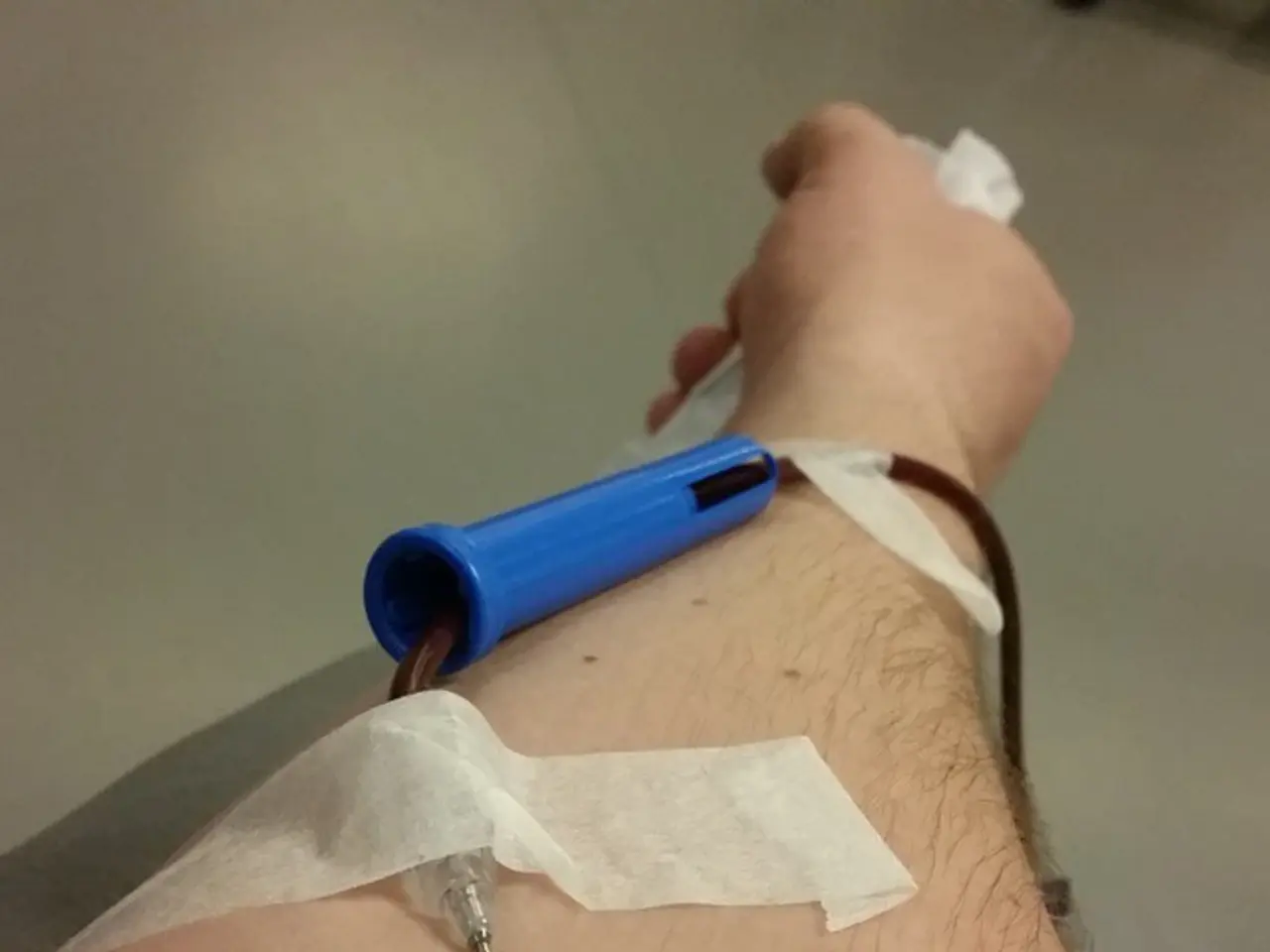Dorsal Metacarpal Veins: Key to Hand's Circulatory System
The dorsal metacarpal veins play a crucial role in our circulatory system. They ensure blood flows one-way towards the heart, preventing backflow. These veins are located on the back of the hand and connect to the dorsal digital veins from the fingers.
The dorsal metacarpal veins run parallel to the arteries in the hand, crossing them at various angles. They form the dorsal venous network, which moves upward and eventually becomes the cephalic vein on the radial side and the basilic vein on the ulnar side.
The network includes the dorsal digital vein from the radial side of the index finger and the veins of the thumb. These dorsal digital veins drain into the dorsal venous network in the hand. Additionally, there are two superficial veins on the inner sides of the hand, the radial vein and the ulnar vein, which drain into the cephalic and basilic veins respectively.
Medical professionals can utilise these dorsal metacarpal veins for blood draws, aiding in diagnostic laboratory tests. Understanding their structure and function is vital for healthcare practitioners to perform these procedures safely and effectively.





